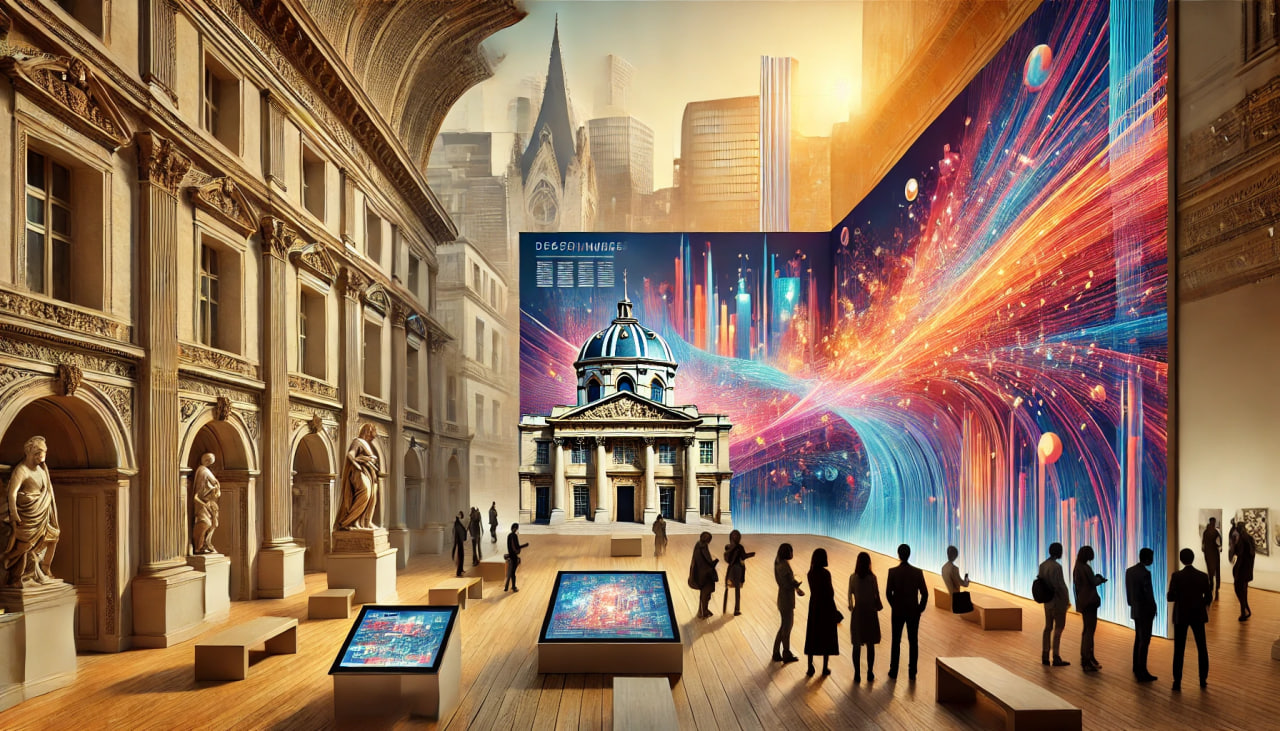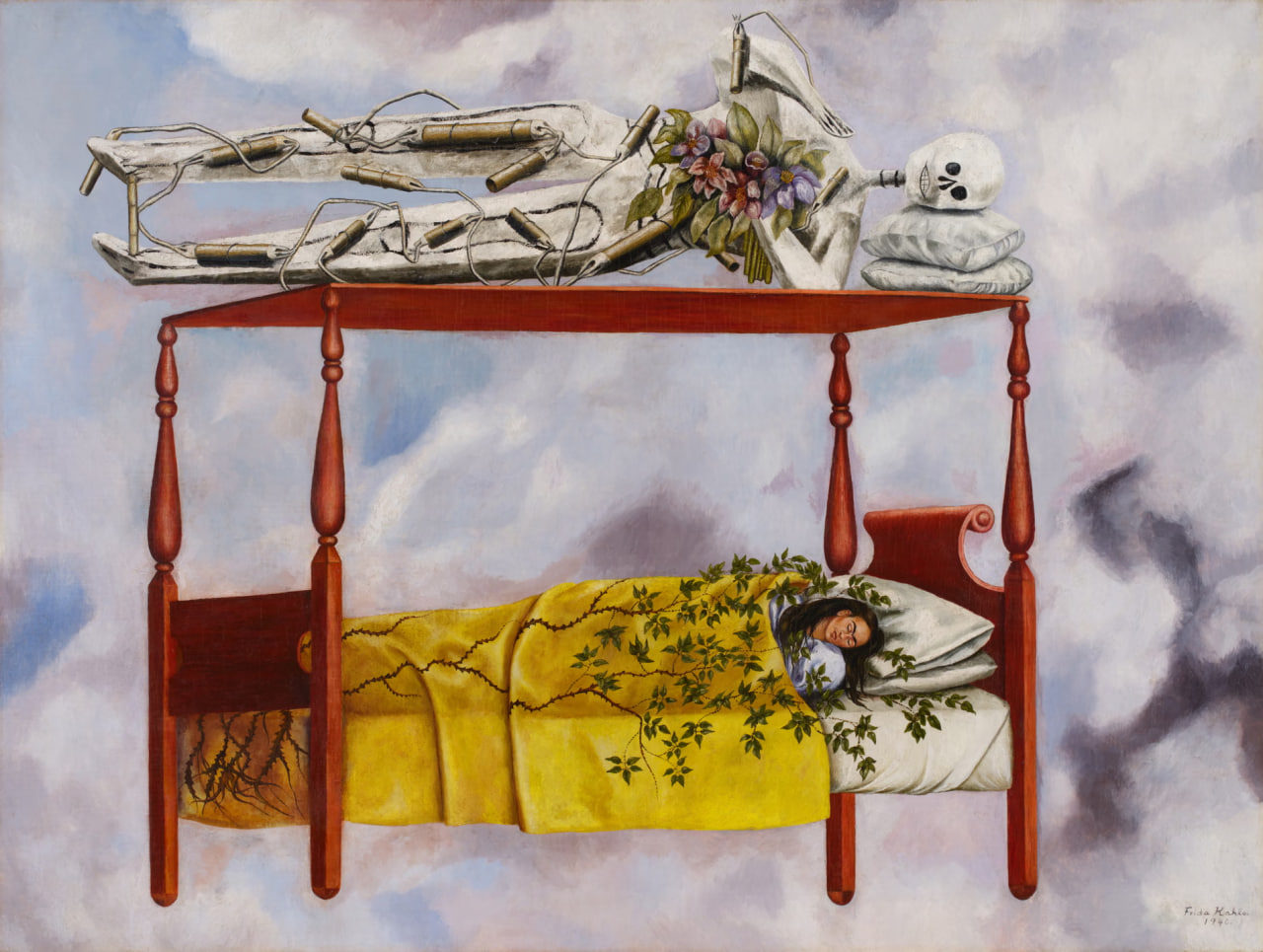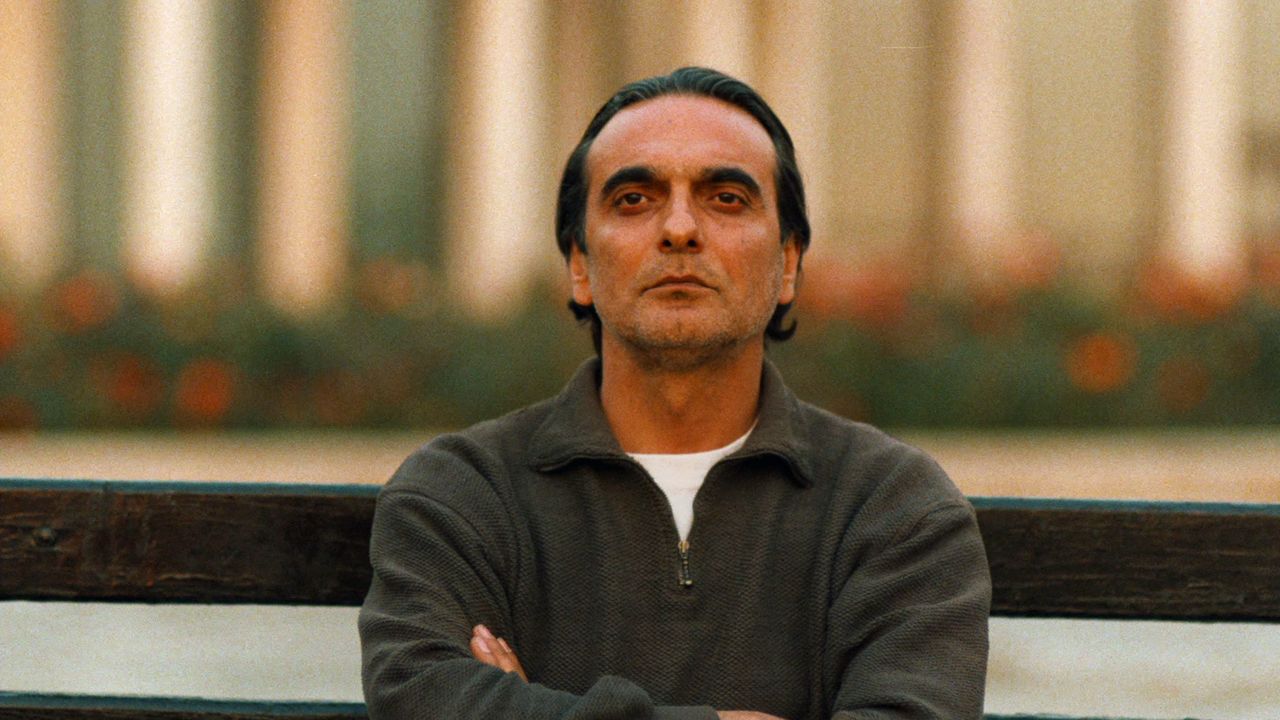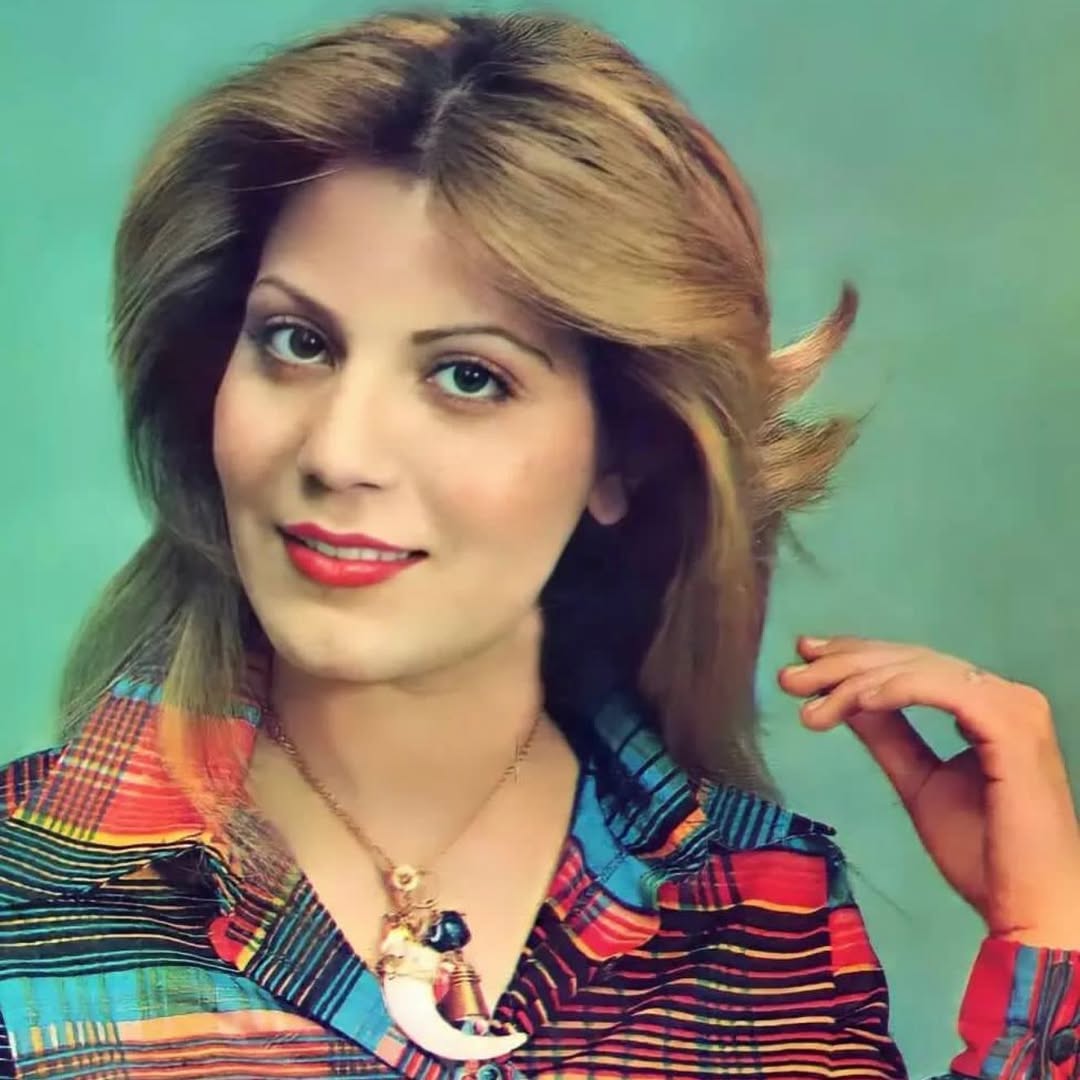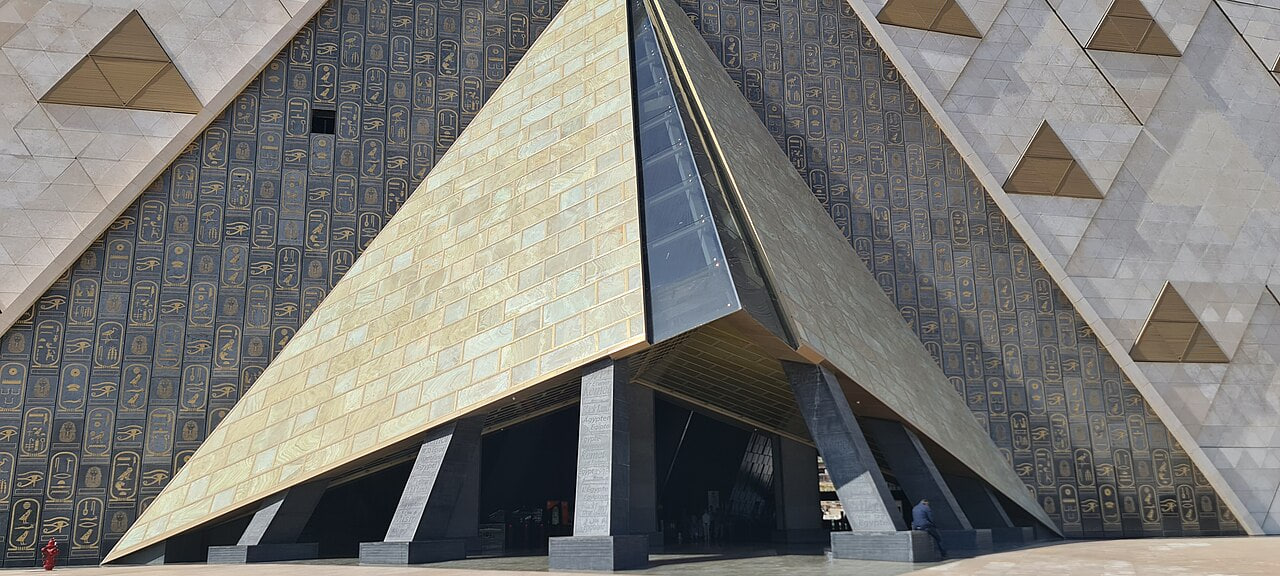Contemporary art in France, a country with a deep-rooted artistic heritage, faces a variety of challenges as it strives to stay relevant in the modern global art scene. These challenges span from financial pressures to the evolving digital landscape, creating unique tensions for artists, galleries, and institutions alike.
Economic Pressures and Art Market Influence
One of the main hurdles is the commodification of art, as wealthy collectors and auction houses wield significant influence over what is considered valuable. As prices skyrocket, French art institutions face the challenge of supporting emerging artists who lack access to these exclusive networks. Often, these emerging artists find it challenging to sustain their careers in a market heavily skewed toward established, high-value names. The dominance of art auctions and high-profile galleries means that art is often seen more as an investment rather than a cultural or social commentary, shifting the focus away from the intrinsic message of the work (Artland, Tate).
Technological Transformation and Preservation
The rise of digital and multimedia art forms also presents both opportunities and challenges for contemporary French art. On the one hand, technology has opened new avenues for artistic expression and audience engagement. However, it has also brought about preservation issues, especially with time-based and digital media artworks. French institutions are actively exploring ways to adapt conservation practices to these media, aiming to preserve the authenticity of works that are inherently ephemeral and often prone to technological obsolescence (Tate).
The Digital Audience and Social Media
Another issue revolves around the democratization of art through social media platforms like Instagram and YouTube, where “likes” and “followers” can dictate an artist’s popularity. This shift has introduced a broader, more global audience to contemporary art, but it often clashes with traditional art-world values. In France, where the art scene has historically emphasized rigorous artistic critique, the popularity-driven nature of digital platforms can overshadow nuanced discussions about art’s cultural and intellectual value (Artland).
Identity and Social Discourse
Contemporary French artists also grapple with issues of identity, politics, and social justice, as they navigate a world marked by heightened awareness around topics like race, gender, and immigration. While France has a long history of supporting freedom of expression, some artists find it difficult to address these complex social issues within traditional institutions, which may be slow to adapt or resistant to change. Additionally, the political and cultural sensitivities surrounding these topics can lead to self-censorship, as artists try to balance expression with potential backlash.
Conclusion
France’s contemporary art scene is at a crossroads, facing challenges related to market dynamics, technological change, and evolving audience expectations. As French art institutions and artists address these hurdles, they continue to adapt, reimagine, and redefine what it means to create meaningful, innovative art in the 21st century.
References
- Artland Magazine. (n.d.). The Challenges Facing the Art World Today. Retrieved from magazine.artland.com
- Tate. (n.d.). Contemporary Art Conservation. Retrieved from www.tate.org.uk

